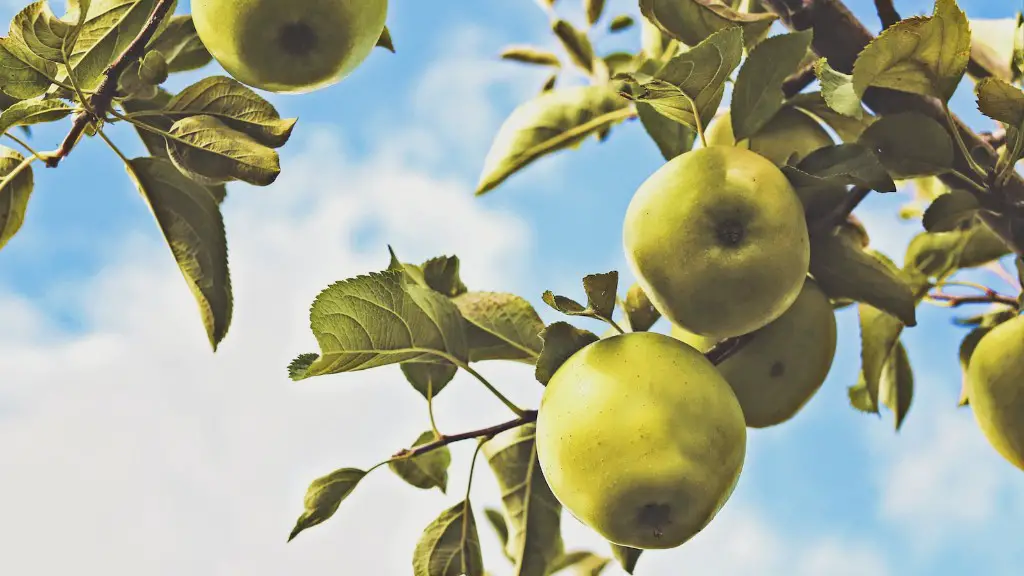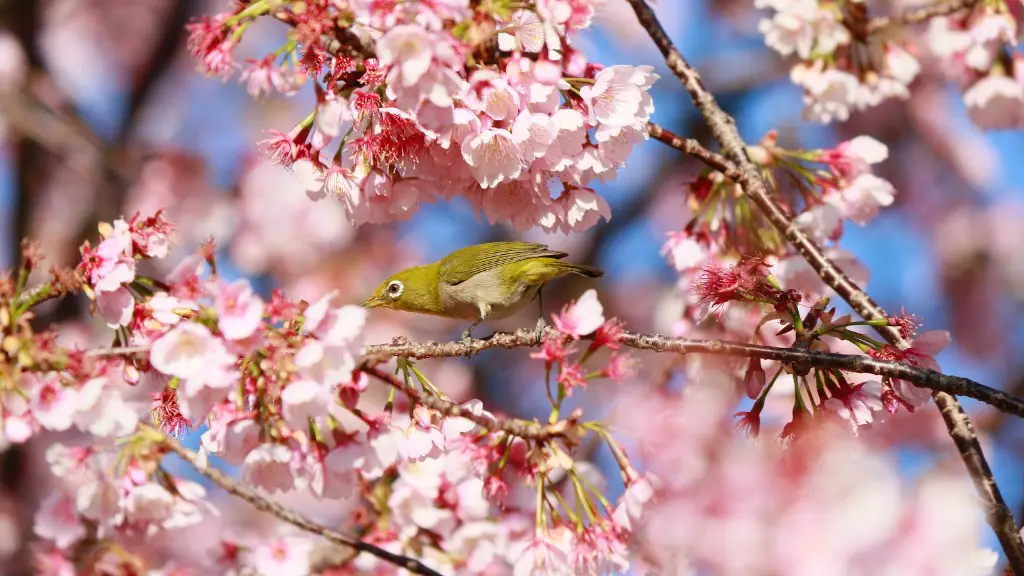Topping an apple tree is a technique used to promote heavier fruit production and ensure a more compact tree growth. It consists of cutting the main branch of the tree, usually the tallest, to encourage lateral growth and promote a good canopy. Taking the right approach to topping an apple tree is very important in order to get the best results and not damage the tree.
The first step to topping an apple tree is deciding when to do it. It’s generally best to top in early spring, between late March and mid-April, so the tree can recover before the summer. This is also the time when the buds that will eventually form the new branches have already developed.
Once the timing is set, the next step is to choose the part of the tree to top. It’s best to top the tree in the center so that it maintains a nice, wide shape and can get plenty of light for the surrounding branches. Additionally, all the branches that need to be removed need to be cut close to the trunk, leaving no more than two buds.
When it comes to actually cutting and removing the branch, the key is to use sharp, clean and disinfected garden tools to minimize any potential damage to the tree and avoid infections. Safety is also important, and gardening gloves should always be worn in order to prevent any cuts or injuries.
Once the branch is removed, the wound needs to be covered with a branch sealer or wound dressing, which helps to protect the tree and reduce infections. If the wound is big enough, it should be stitched with garden twine in order to promote proper healing.
Finally, topping an apple tree should also be accompanied by regular pruning, as it helps to keep the tree healthy and improve its shape. Pruning should be done at least twice a year and all dead, diseased or overcrowded branches should be removed when they are spotted in order to keep the tree strong and productive.
Selecting The Right Branch
When topping an apple tree, selecting the right branch to cut is key. Ideally, the tree should have a wide canopy and the tallest branch should be removed. This will provide more even sunlight coverage throughout the tree and allow the side branches to grow. Additionally, the branch should be cut close to the trunk in order to avoid any damage to the bark, meaning that no more than two buds should be left.
Making The Cut
When it comes to making the cut, it’s important to use sharp and clean garden tools, such as pruning shears, in order to minimize any damage to the tree. Additionally, it’s a good idea to wear gardening gloves as a safety precaution to prevent any cuts or scrapes.
Caring For The Tree After Topping
Once the branch is removed, the wound needs to be covered with a branch sealer or wound dressing in order to reduce the risk of infections. Additionally, if the wound is big enough, it should be stitched with garden twine to help promote proper healing. Finally, topping an apple tree should be accompanied by regular pruning in order to help keep the tree healthy and strong.
Maintaining Adequate Moisture Levels
As topping an apple tree can expose it to increased sun exposure and reduce its ability to retain moisture, it’s important to maintain adequate moisture levels. This can be achieved by providing adequate water and mulching. Mulching is especially important as it helps to reduce water loss and protect the roots from any potential frost damage.
Checking For Diseases
When topping an apple tree, diseases and infections can sometimes appear on the exposed bark. Inspecting the tree regularly and checking for any potential signs of disease is essential in order to catch any early symptoms and ensure the tree stays healthy.
Growth Habit Management
Once the topping procedures are complete, it’s important to continue managing the growth habit of the tree in order to ensure a strong canopy. This can be done through regular pruning and shaping of the tree in order to keep it organized, healthy and productive. Additionally, removing any dead, diseased or overcrowded branches will also help the tree maximize its potential.


